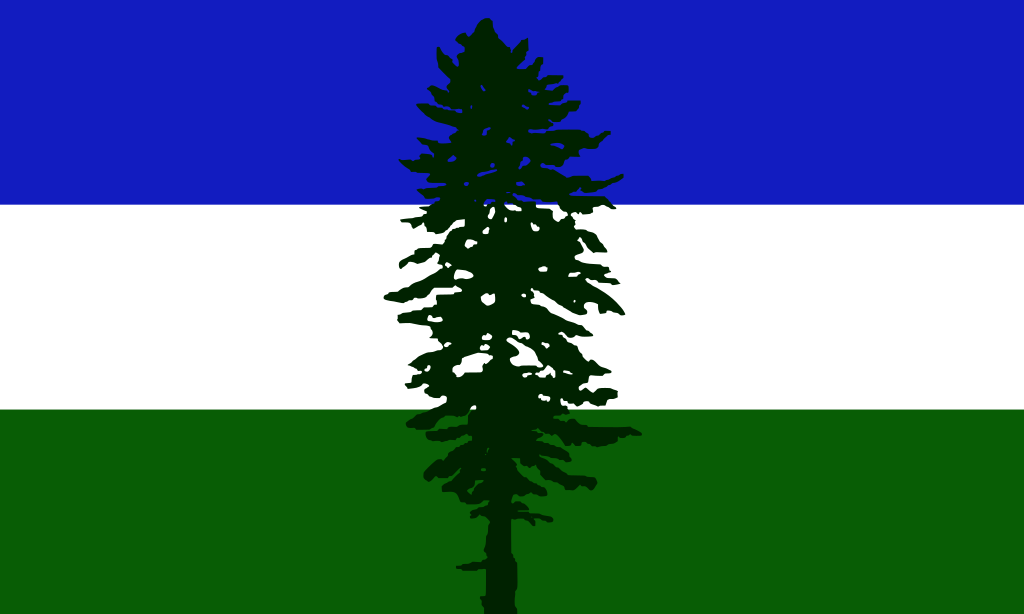Which waterproof fabric is best?
I have discovered cloaks, and I am going nuts making them. I have bought so much fabric in the past few days alone. They are so warm and so easy to make! However, I would like to make one that suits the purpose for which they were invented, so that I may wear it outside in the rain. Are there any good waterproof fabrics that won’t fuck up my fiancée’s #sewing machine?
Asking here because I don’t know what I am doing.
I make marine canvas. Sunbrella is a brand of exterior, water shedding fabric. Made of solution dyed acrylic and breathable to a degree. Off the roll it’s quite stiff but softens up over time. They also make a line of exterior furniture fabric that has a much nicer hand. It would work for a cloak, not so much for a jacket.
As far as sewability, it depends on your machine and how many layers your design will cause you to sew through. A nice thing about it is it’s two sided, there isn’t a coating making a right and a wrong side.
@Peppycito Since this is for a ruana cloak (which may result in me deciding to use a cloak pin) would the waterproofing be ruined if I stuck a pin through it
Sunbrella is not self-healing like a cotton cloth is, holes poked through it remain holes. But that’s the case with most fabric and probably any waterproof ones.
Using a pin as a fastener as a replacement for a button is probably a poor choice for any cloth over time. That’s likely why buttons were invented. Look into frog fasteners if you’re that worried about leakage. Most cloaks I’ve seen have frogs. Maybe pin it to a button hole if you need to use the pin.
I don’t have much experience with sewing or machine-compatible fabrics, but have you considered waxing normal cotton? I put a few coats of Sno-Seal on my jacket at the start of every winter and it does a good job of waterproofing and adds another layer of insulation
@PP_BOY_ That is actually what they did in mideval Europe. If memory serves (not speaking from experience btw, talking directly from anus) it adds about a pound per foot, and if you wash it with soap/detergent you gotta start all over.
Plus, the wax seeps through the fabric (according to a larper I follow on youtube) and I wanted this to be two layers like a coat; waterproof on top, fuzzy on bottomI do not feel like disassembling my cloak whenever I want to properly clean it lol
Depending what you’re doing and for how long, many thick materials will keep you dry without being actually waterproof. Most of them will require deliberate drying if they’re fully soaked, and of course an outer layer with the capacity to shed some water will multiply the time the inner layer can keep you dry for.
For regular walking around, it’s worth trying some cloak materials you’re using anyways to see how well they handle water.
deleted by creator
When I google “waterproof fabric,” there are a lot of canvas materials and some polyester ones that come up. Waterproof canvas would be good, but good have to make sure the machine can handle heavy materials - some can, some can’t.
There are lots of options, though I can’t say which is objectively the best. There’s usually a trade-off between waterproofness and breathability. For a cloak you probably also want something with a bit of thickness and weight so it drapes nicely.
I would start by looking at soft shell fabrics with a DWR treatment. Seattle Fabrics sells sample packs so you can feel them before you buy a lot.
Tents and rain jackets typically use nylon or polyester fabric coated with silicon, polyurethane, Teflon, or some other waterproof material on the inside face, and a DWR treatment on the outside face. I expect a cloak made with these fabrics will be too light and crinkly to hang nicely when worn. The fabrics also tend to be slippery so you might tear your hair out trying to keep your seams straight.
You can get great waterproof performance with PVC-coated nylon. Though it will feel like you’re wearing a duffel bag.
Waxed/oiled cotton looks awesome but I have never liked the feel. It’s also mediocre as far as waterproofness goes.
one little problem that I just realized is that since this is for a ruana cloak, I may want to use a cloak pin. This would ruin pretty much every waterproofed fabric I’ve looked at so far. Would boiled wool still keep its water resistance after sticking a pin the thickness of a nail through it?
I suppose it depends how serious a rain are you expecting to encounter, and for how long. For walking a few blocks in a misty Seattle drizzle, boiled wool will do a fine job. The hole made by the pin would be negligible. But if you’re spending an hour outside in a downpour you’ll get soaked.
Currently thinking of using boiled wool. It seems the best overall. Thanks for pointing me towards it!
@sewing@lemmy.world @sewing@a.gup.pe @Shkshkshk I made a full-circle cloak of 24-ounce-per-yard navy blue wool that I washed and dried before cutting. It sheds rain and snow quite well. After about a decade of regular use in all conditions and locations, it’s still going strong. The cost, of course, is the weight, but the wearer loves it. It’s not about the right product; it’s about the right product for you.







